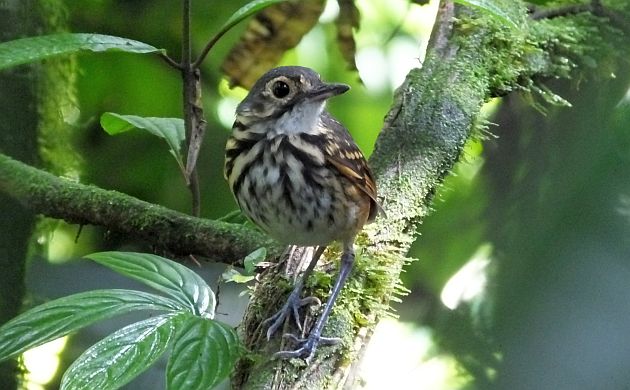
Costa Rica has long been one of the more frequently visited global birding hotspots. Stable, easy to visit, and with lots of accessible habitats, its easy to see why many birders have opted to visit Costa Rica on several occasions. In addition to providing many people with wonderful life experiences, these birding visits have helped increase our understanding of local bird distribution. The more birders in the field the better, the more data the better but since many tours go to the same places, sightings tends to be skewed towards the spots visited the most.
Its the other spots where we need more coverage and granted, although many of those places are hard to access, an increase in the number of local birders is helping to fill in the gaps. There’s a long way to go but increasing numbers of skilled local birders are spending more time in the field. In addition to discovering more vagrant sparrows and warblers, I hope we can also get more coverage for such regions and situations as these:
Long Range Pelagic Trips in the Pacific
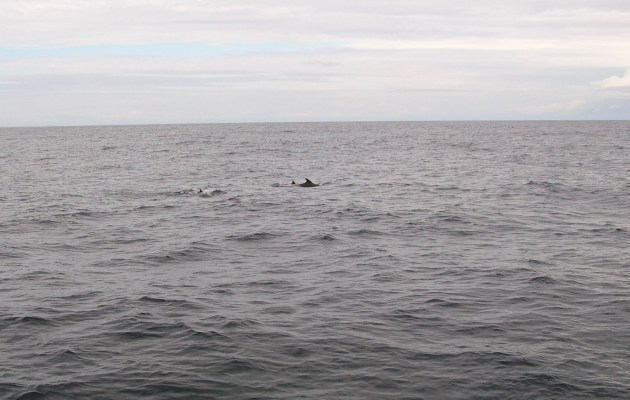
A few trips have been done to those distant waters but we need a lot more. Thanks to Wilfredo of Cabuya Birding, more exploration is taking place, especially to waters well off the continental shelf. On a trip in early January, they had Leach’s Storm-Petrel and the Galapagos subspecies of the Band-rumped Storm-Petrel along with all three jaegers and the usual shearwaters. I think we especially need multi-day surveys of pelagic waters beyond Cocos Island to see which Pterodroma petrels and other pelagic birds are using those rich marine habitats.
More Pelagic Trips in the Caribbean Sea
The amount of territorial waters off Costa Rica’s Caribbean shore is much smaller than the Pacific. Even so, deep waters occur and they have seen very little ornithological exploration. A fairly recent trip turned up Manx Shearwater and fishing boats got pictures of the young Atlantic Yellow-nosed Albatross that had also been seen in Belizean and Panamanian waters. What else is out there?
Expeditions to Remote Parts of Protected Areas
Reaching the interior of Braulio Carrillo National Park and other remote areas would require an honest to goodness multi-day expedition but we need it. We need to do it for the very fact that it has rarely or never been done. Do populations of Red-throated Caracara, certain eagles, and other rare species still occur in some national parks? Does Wing-banded Antbird occur? Such expeditions should give us some answers.
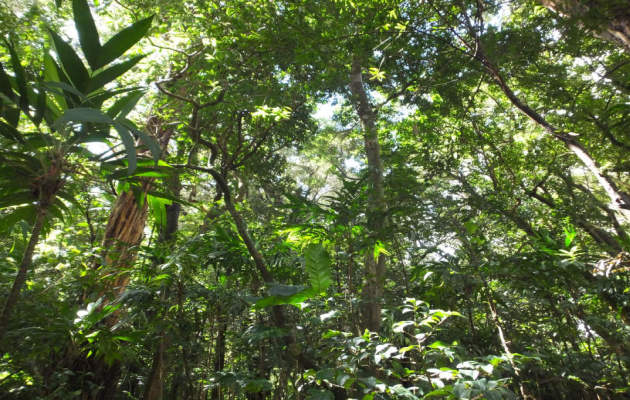
More Birding in the Northern Volcanoes
The forests at the top of Miravalles, Tenorio, and other northern volcanoes could use more surveys. Recently, thanks to the American Bird Conservancy, there have been some studies carried out on Miravalles that have produced some tantalizing results. More field work is needed to see what else might be living in those stunted cloud forests of the continental divide.
Studies to Ascertain Taxonomic Status of Potential Splits
Several birds in Costa Rica could be endemic or near endemic species level taxa. We need studies done to ascertain the taxonomic status of Costa Rican populations of birds like the Megascops in southern Costa Rica, Black-headed Antthrush, Sharpbill, Thicket Antpitta, both subspecies of Streak-chested Antpitta, maybe Mistletoe Tyrannulet, and perhaps a few other birds.
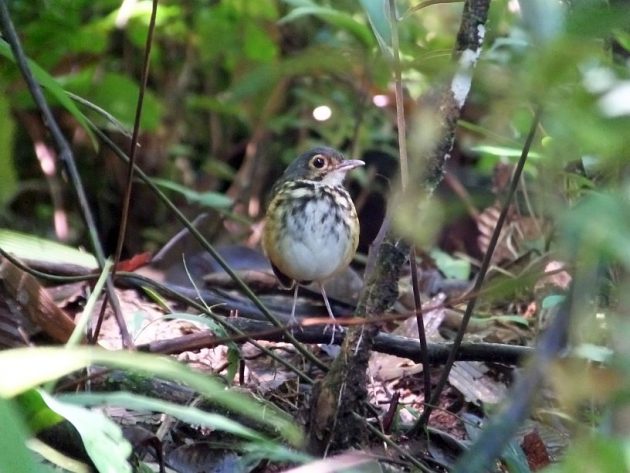
Searches for and Studies of Piprites, Speckled Mourner, Tawny-chested Flycatcher, and other Rare Species
Two of the rarest resident birds in Costa Rica are small, little known species of forested habitats. The Gray-headed Piprites seems absent from many suitable areas but again, this is probably because we don’t actually know what is suitable for this weird little bird. The same goes for Speckled Mourner, a bird that seems to be very rare in Costa Rica (at best). More sites are known for the Tawny-chested Flycatcher but as with the two previously mentioned species, very little is known about its natural history. We need to learn more about what the needs of these species in terms of habitat (including microhabitats) so they can be adequately protected.
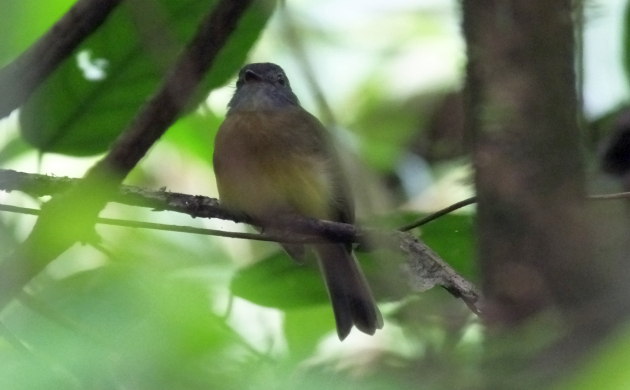
These are some of the frontiers in Costa Rica birding that come to mind although many more also occur. In general, go birding in any degree of tropical habitat and you will find something interesting. Go birding in Costa Rica in the less covered places and you might end up making some real discovery. I hope I can make it to some of those places!











Great article, Patrick!
Thanks Paul!